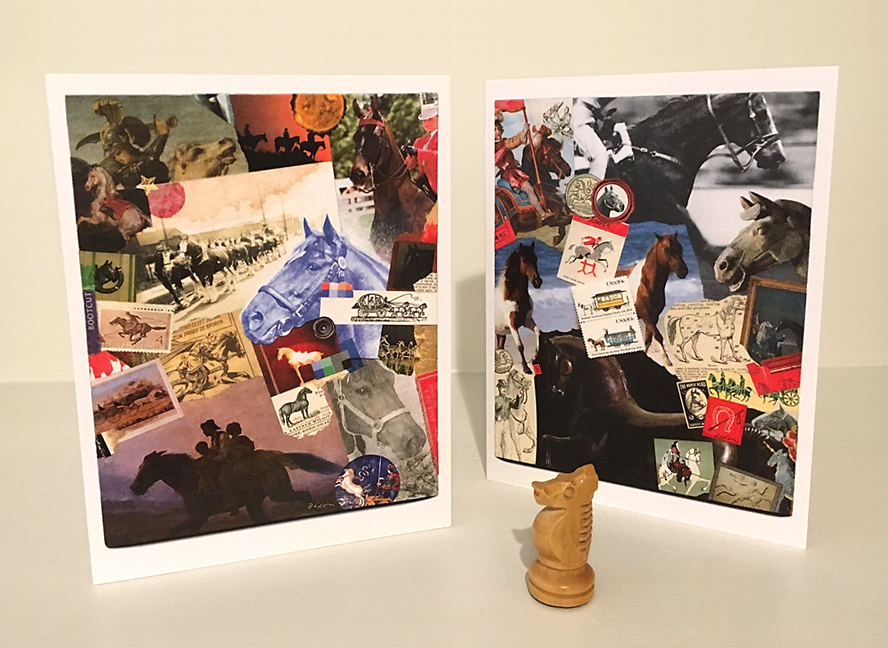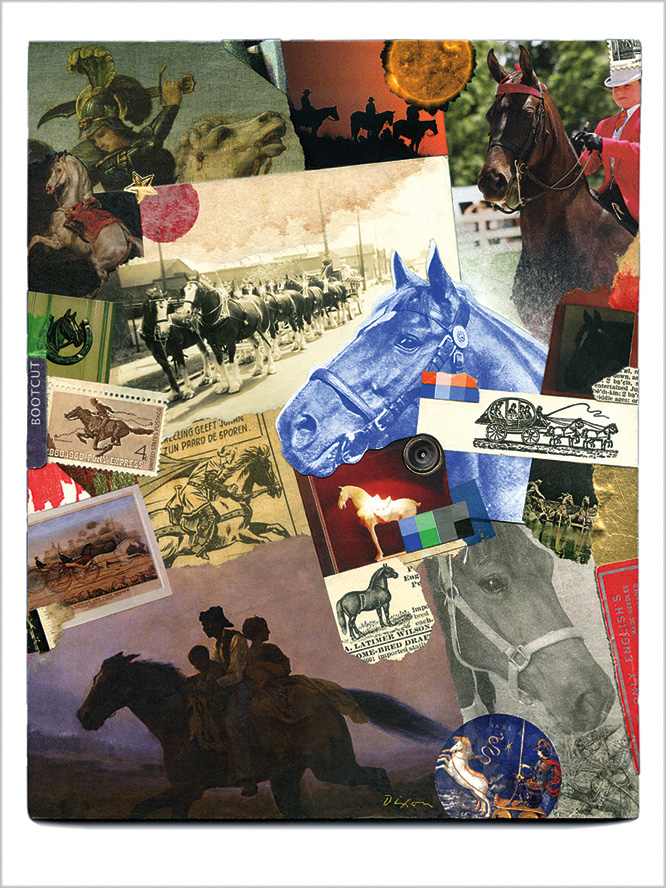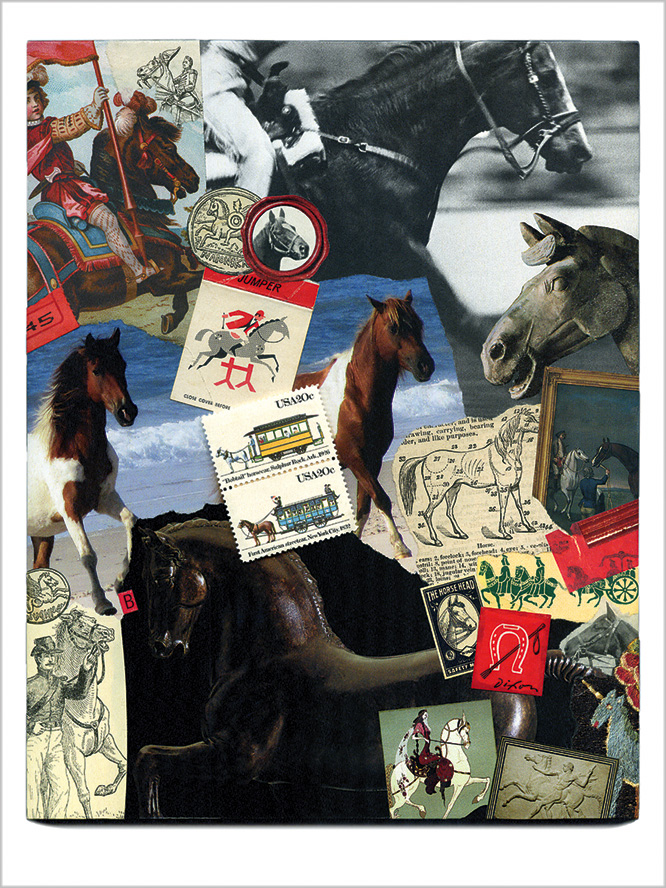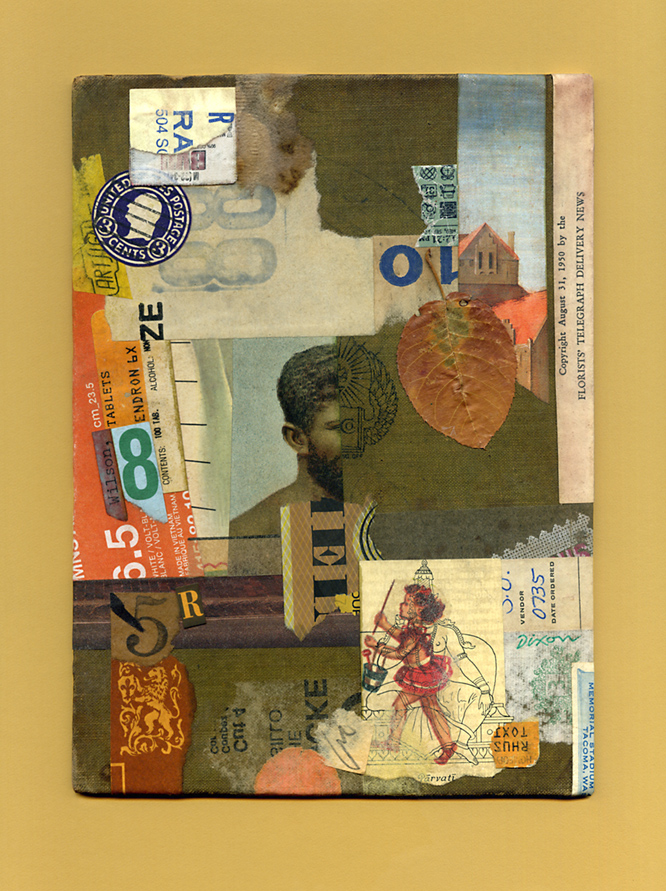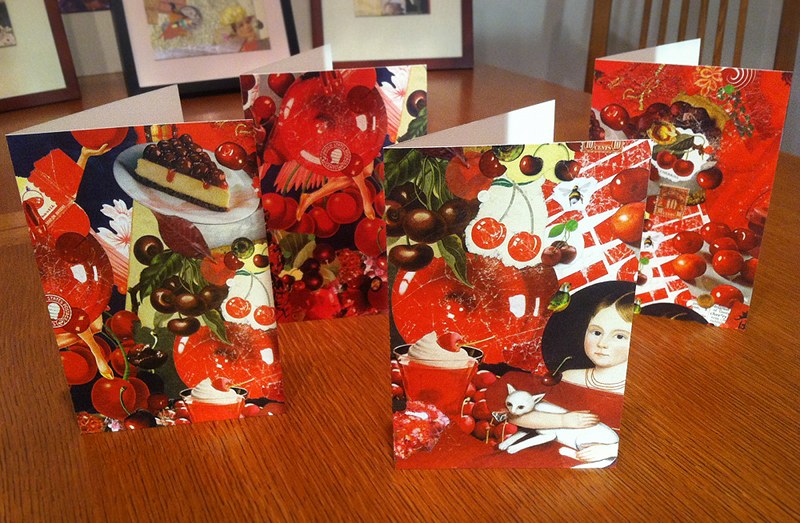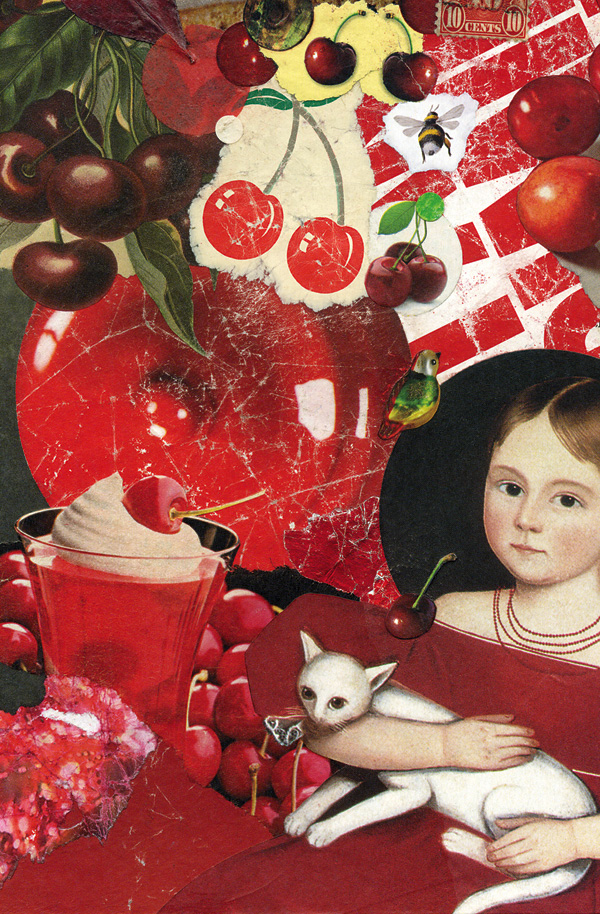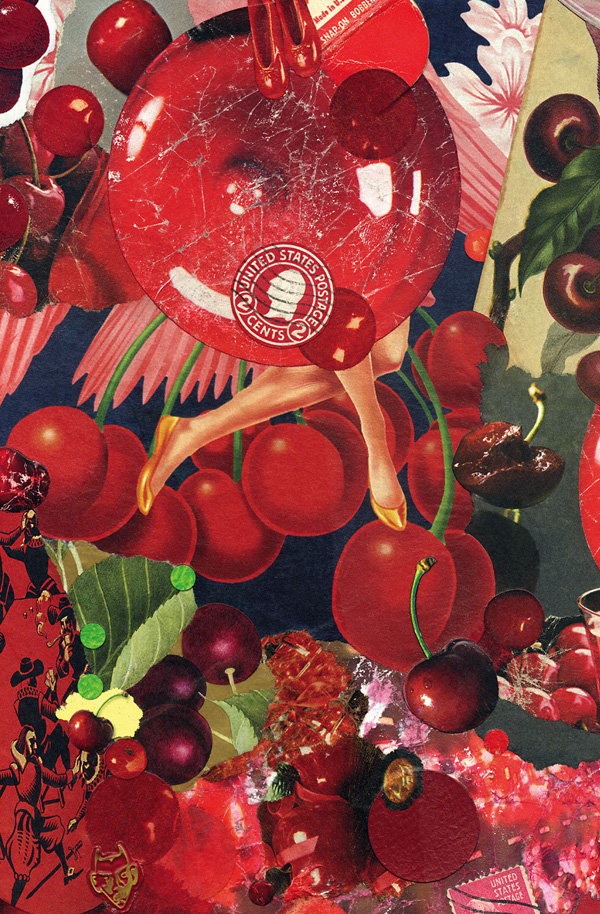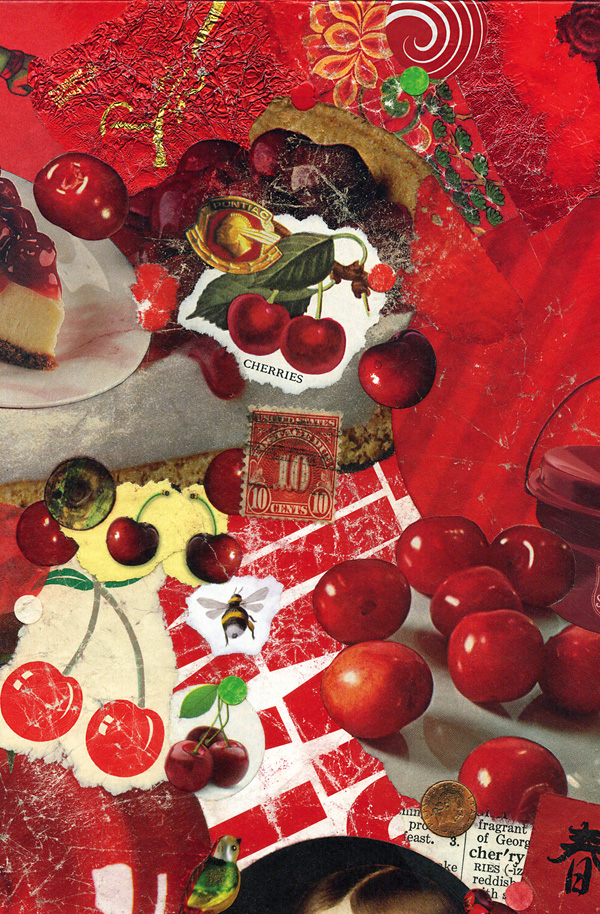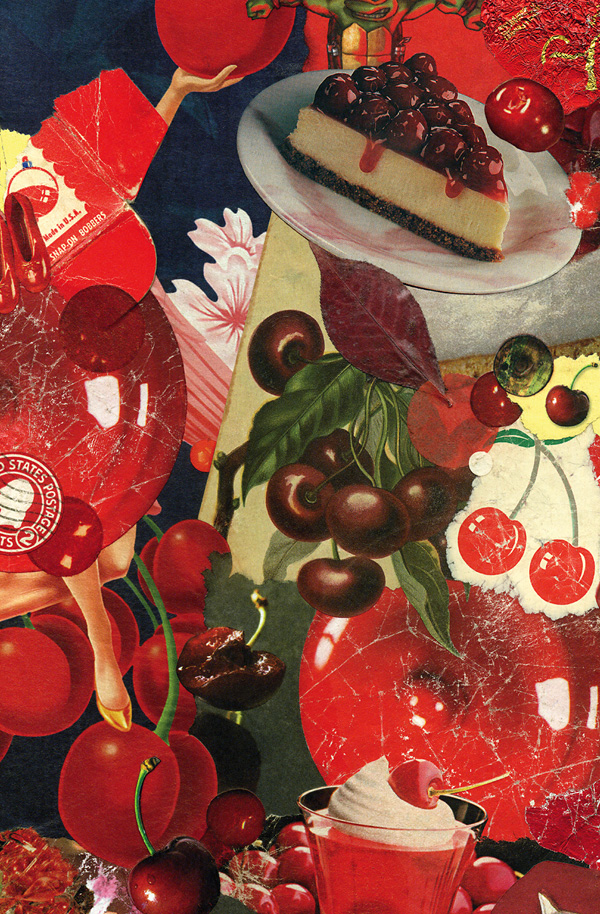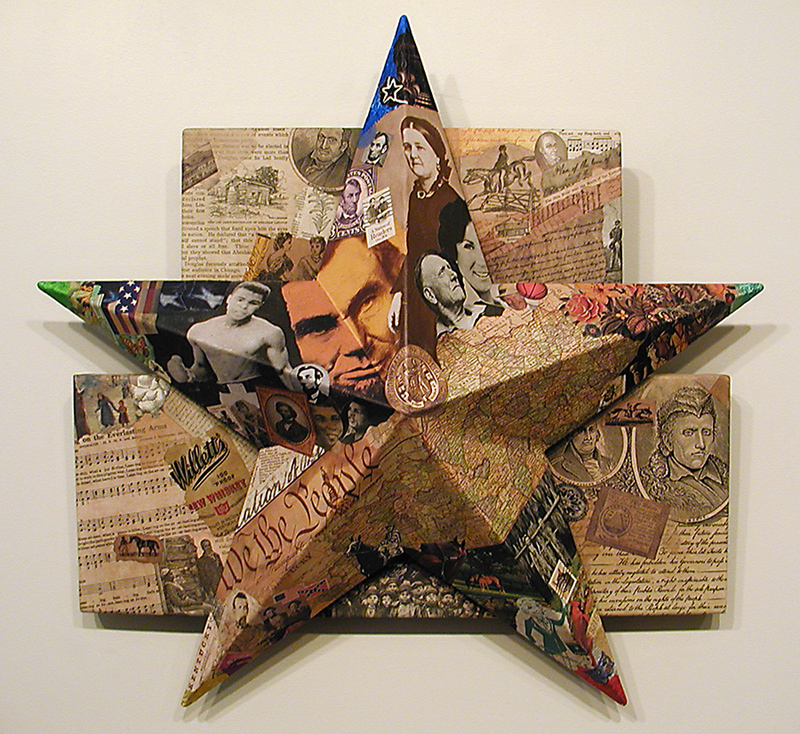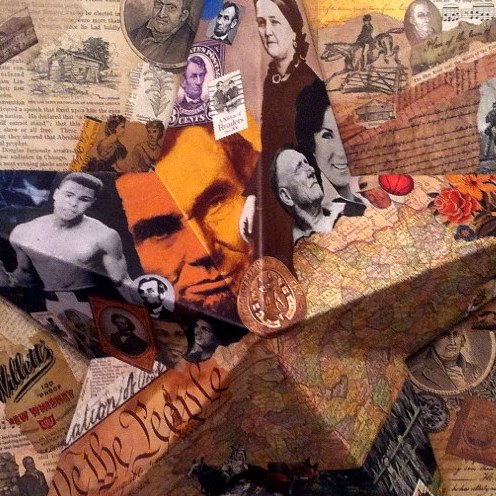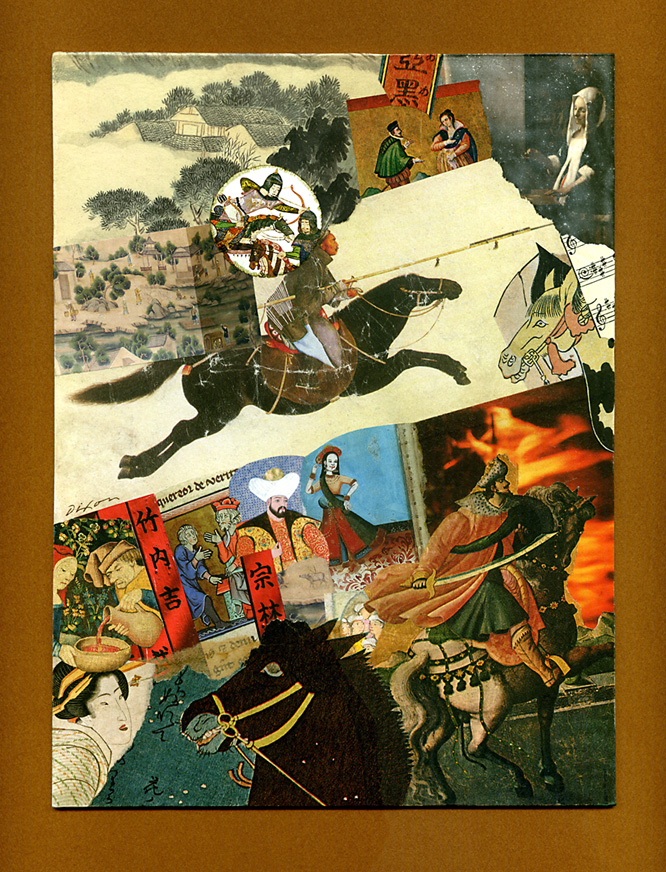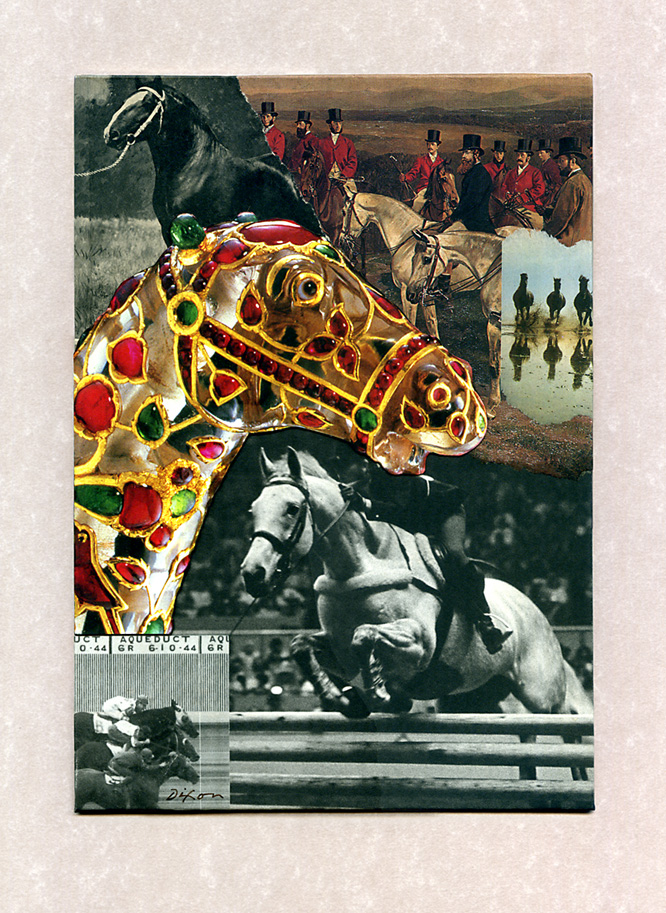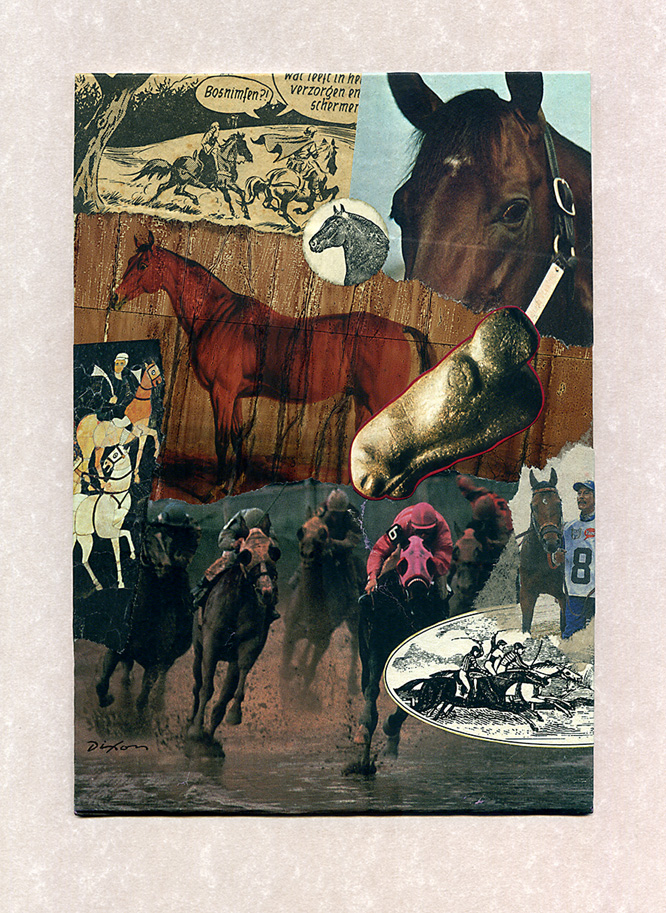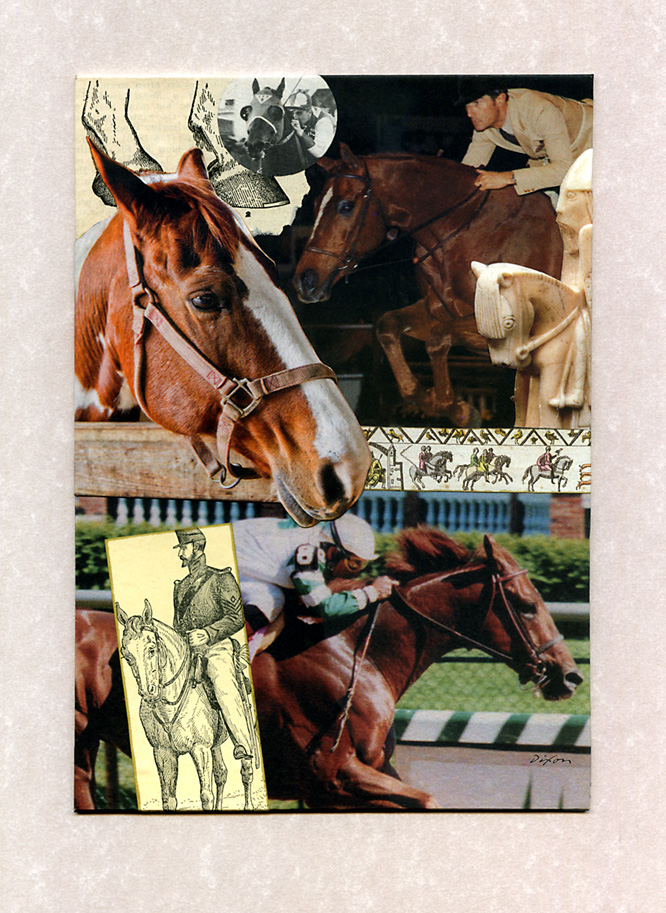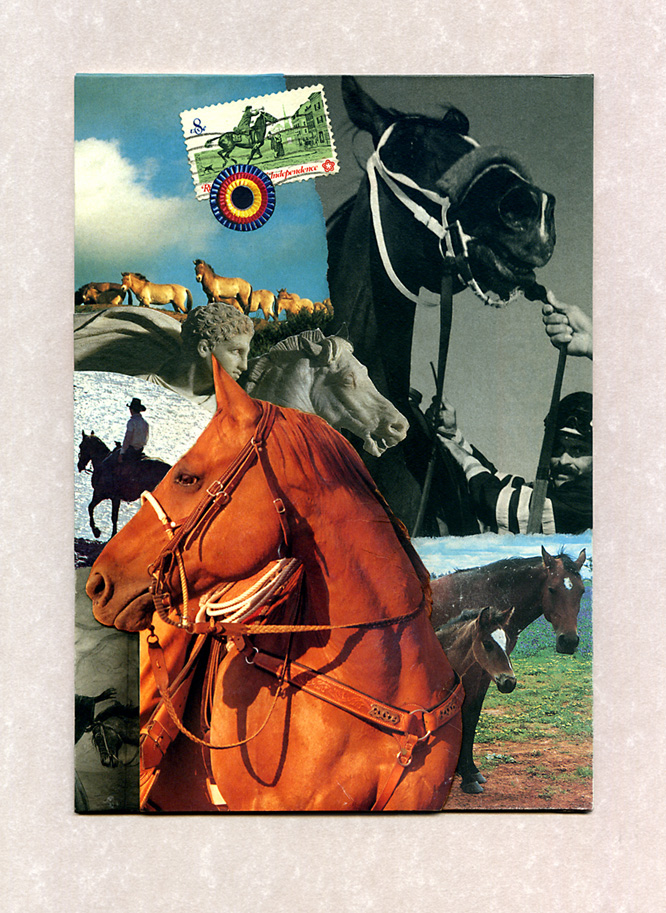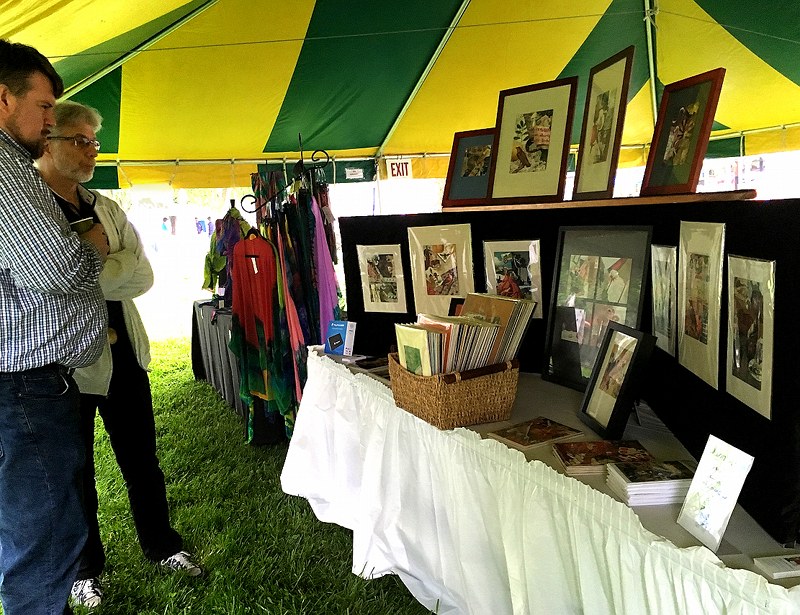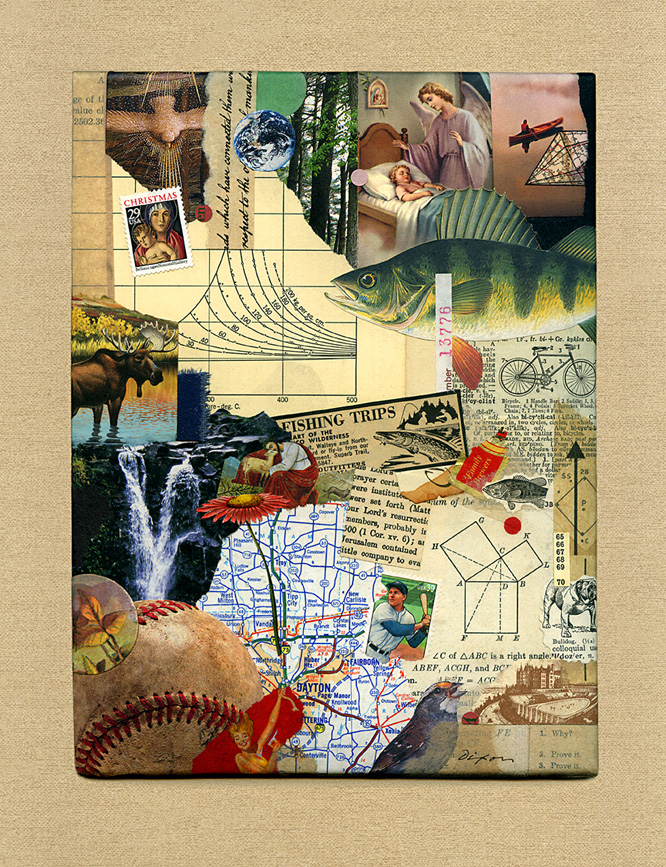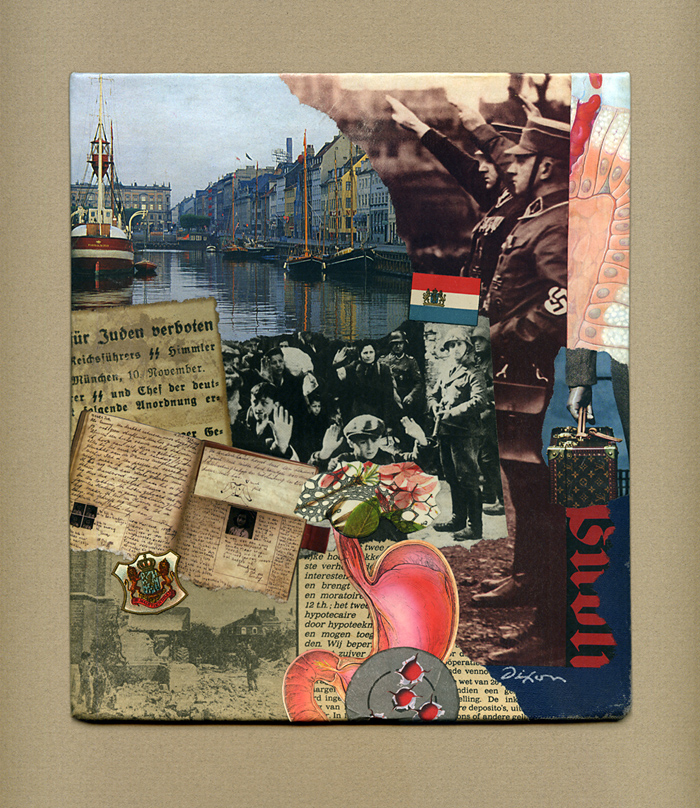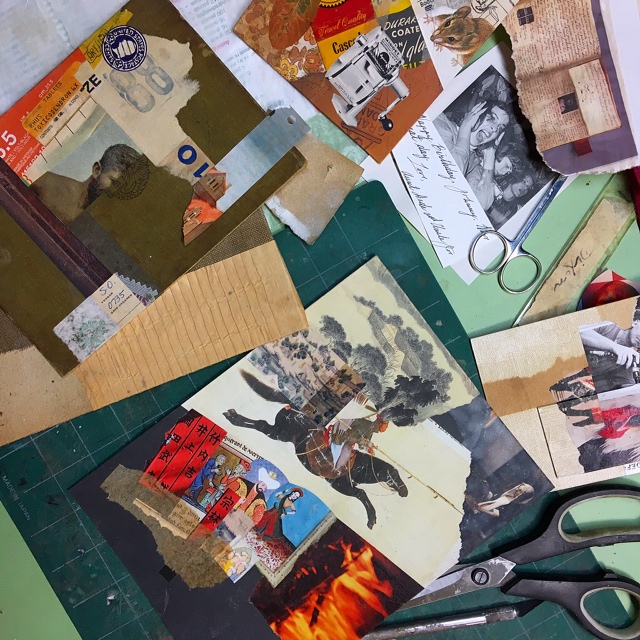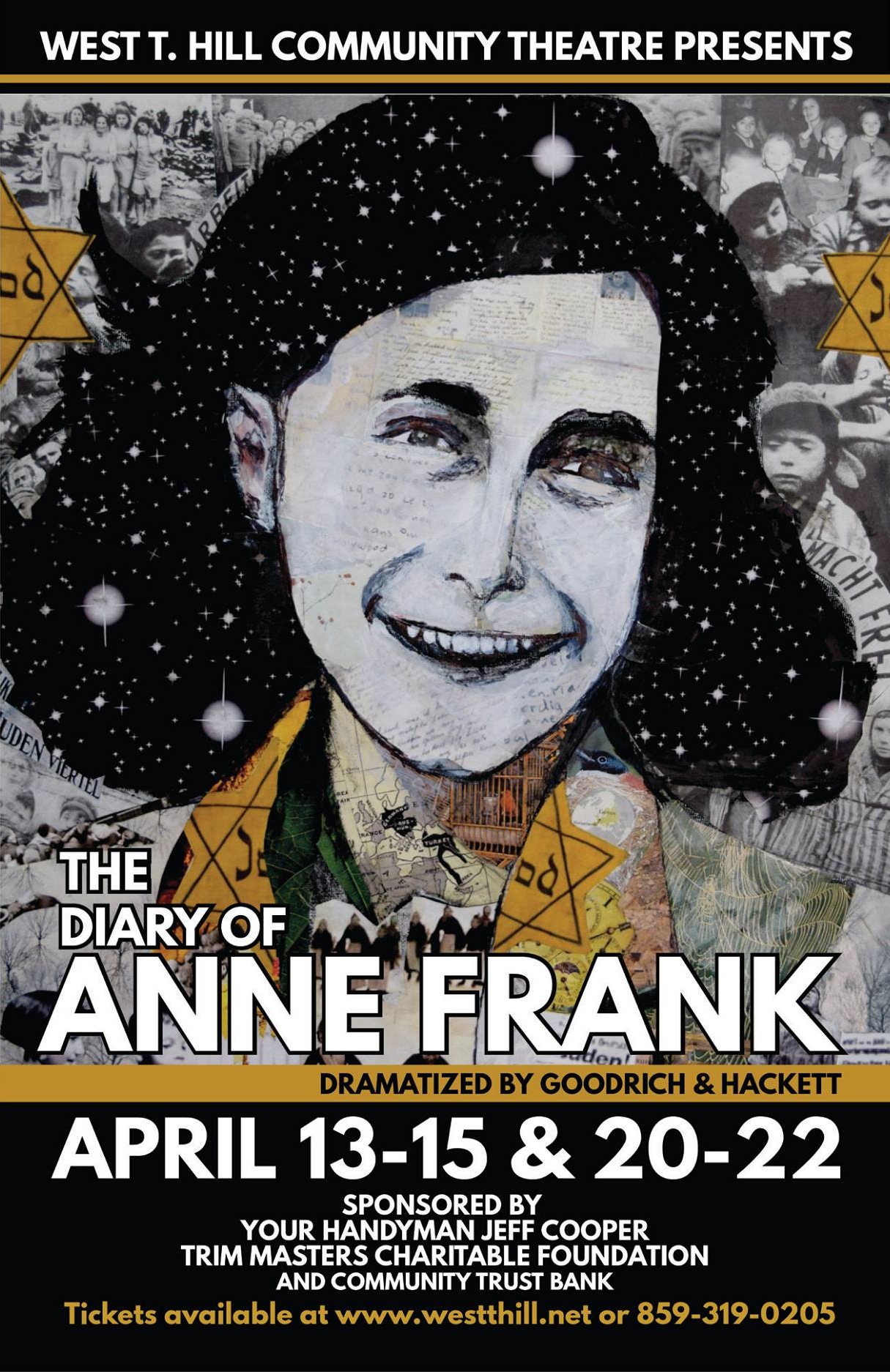“True desire in the heart, that itch that you have, whatever it is you want to do, that thing that you want to do to help others, and to grow, and to make money, that desire, that itch, that’s God’s proof to you, sent beforehand, to indicate that it’s yours already. And anything you want good you can have, so claim it, work hard to get it. When you get it, reach back, pull someone else up…”
— Denzel Washington
Denzel is the quintessence of the successful artist, and, by all appearances, he has defied the stereotype by cultivating humility and magnanimity. He also says, “Each one, teach one.” There are many ways to teach, and the opportunity presents itself differently at various points in our creative life.
I have always tried to compare and contrast the human qualities of those who have reached the pinnacle of an art form, and to remember that it cannot be about the creative result alone. When someone like Denzel advises, “Don’t just aspire to make a living. Aspire to make a difference.”, there is a desire for us to examine our definition of success, and it undoubtedly comes from his own life experience, one that’s had its ups and downs, its in-focus and out-of-focus moments.
For me, a passion for traditional teaching was more of a young person’s enterprise. I taught art to youngsters back in the “halcyon days” before background-check requirements, and spent seven years in my 30s as an adjunct professor in a university environment, taking what I was learning in the studio and sharing it with those just starting out. Other artists arrive at giving back much later in life, and bring to teaching their mature insights and proven practices. But, for me, the making of gift art has been the most fulfilling way to teach others in an unconventional way. Beyond a demonstration of willingness to give the gift of time and artistic effort instead of monetary value, one can also stimulate curiosity about the creative process that is personally powerful to young people.
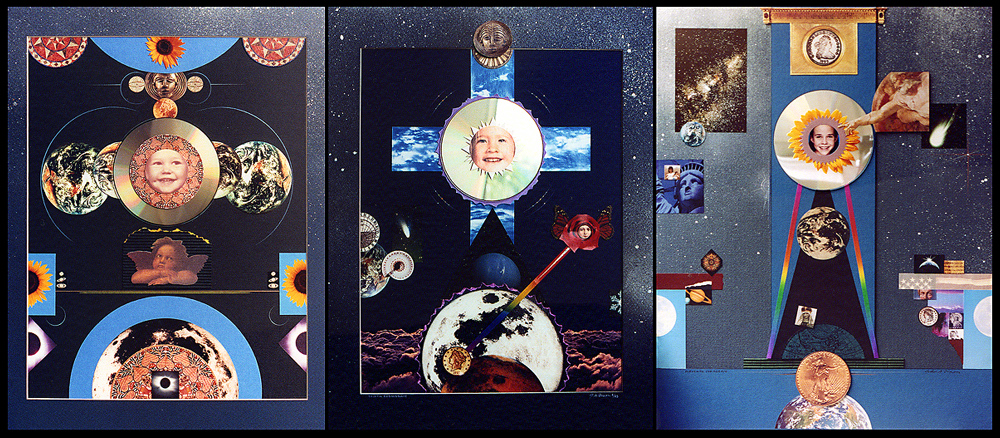
My Cosmosaic Series is only one of the ways that I have tried to meet this obligation. It is almost impossible to describe the reaction of young people when they realize that you’ve made them the object of an exercise in pure creativity, as well as the recipient of the finished work. Many profound conversations have been the result — discussions about life aspirations and individual destiny that would have been awkward or futile to jump-start in another context. It should go without saying that this is merely one way to teach another about one’s most significant values, but it happens to be one that is readily available to any imaginative individual.
As always, keep creating lots of stuff, but let’s not forget to make some of it count in an exceptional way. Pulling someone up a bit may be the most selfishly meaningful thing of all.
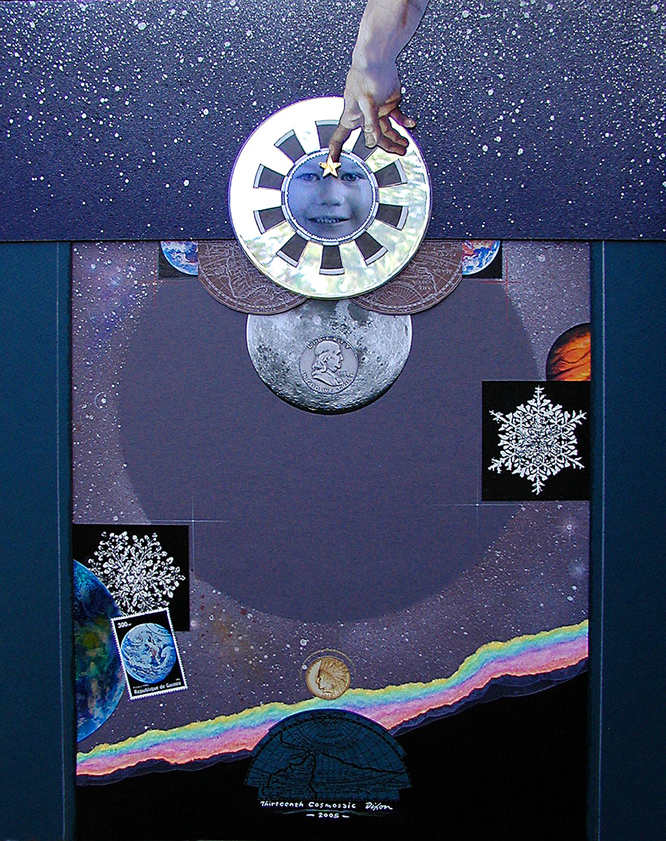
Thirteenth Cosmosaic
mixed media collage by J A Dixon
16 x 20 inches
private collection
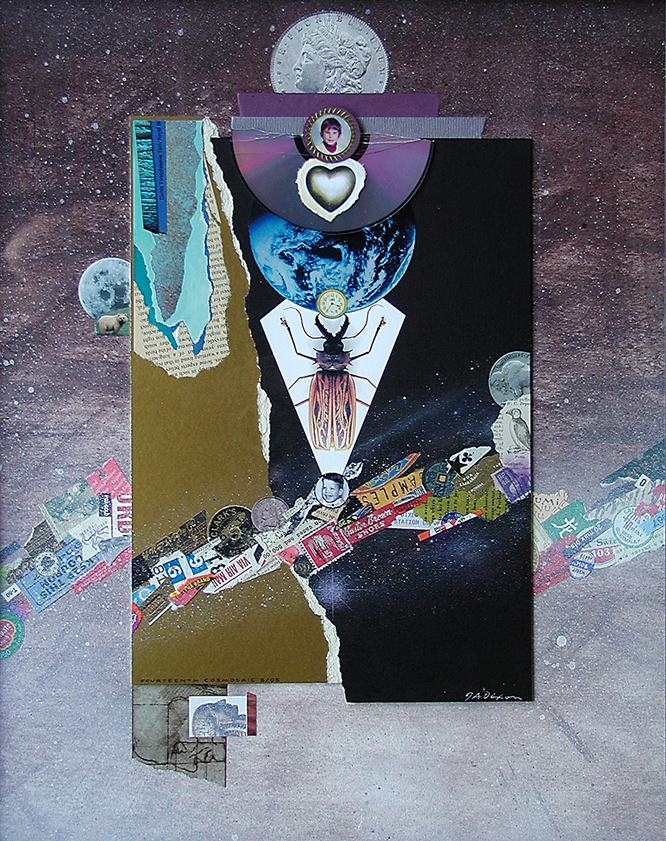
Fourteenth Cosmosaic
mixed media collage by J A Dixon
16 x 20 inches
private collection
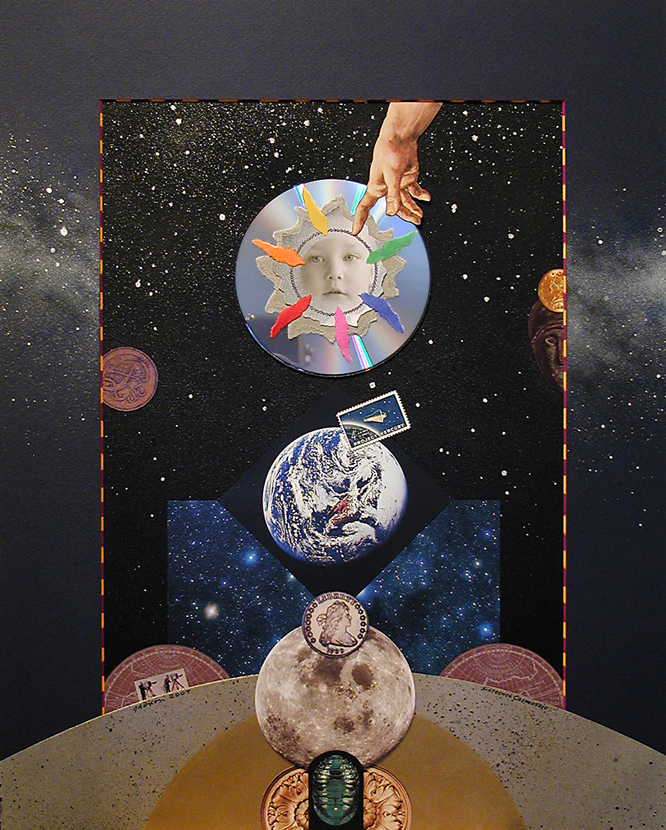
Sixteenth Cosmosaic
mixed media collage by J A Dixon
16 x 20 inches
private collection
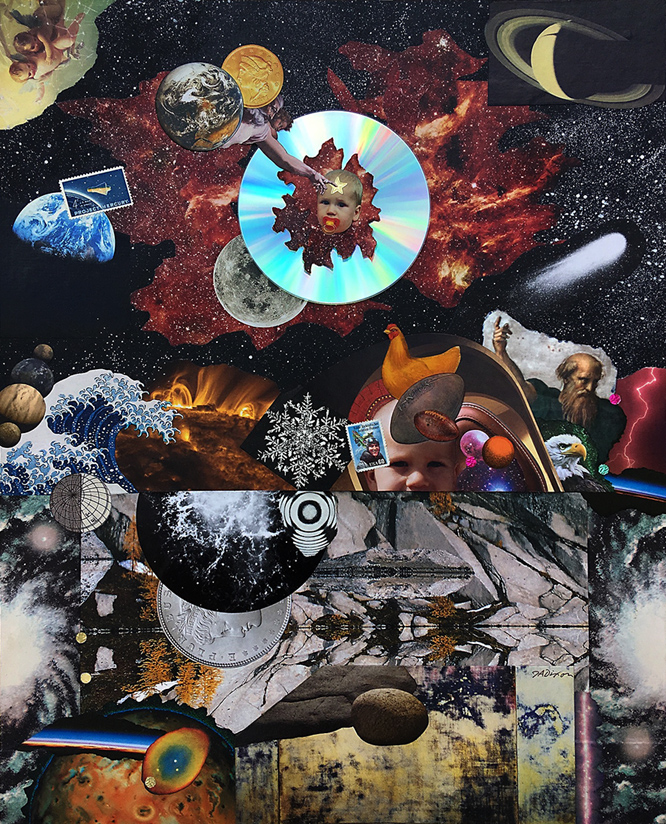
Twenty-third Cosmosaic
mixed media collage by J A Dixon
16 x 20 inches
private collection
